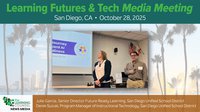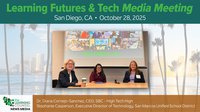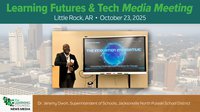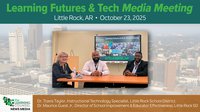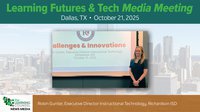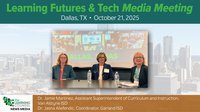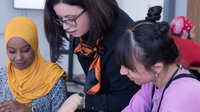As the K-12 education system considers bringing students and staff back into the classroom for fall session amid the COVID-19 pandemic, it faces unprecedented challenges led by in-school health concerns. School leaders are facing tough, high-stakes decisions as they navigate uncharted waters and try to figure out the best way to safely reopen schools and protect the health of students, staff, and faculty.
U.S. districts are offering various options, including remote online learning, in-person classroom learning, or a hybrid approach where students split their time between the classroom and learning remotely.
And with continued active COVID-19, school leaders planning to reopen in the coming weeks must consider more than interaction logistics and disinfecting surfaces. They need to think through how to provide the best indoor air quality and prevent possible aerosol transmission of the virus.
While more research is underway, many in the science community believe respiratory viruses like SARS-CoV-2 (that causes COVID-19) are spread when aerosols are released into the air from an infected person as they speak, cough, sneeze or simply breath. Small aerosols may spread and linger in the air for extended periods of time (see Chemical Insights’ technical brief for details).
While good indoor air quality is not just a COVID-19 issue, the pandemic has shed significant light on addressing the airborne transmission potential by implementing prevention practices.
Consider the following:
Put Proper Ventilation in Place
ASHRAE’s Epidemic Task Force recently released a statement that indicates changes to building operations, including heating, ventilation and air-conditioning systems, can reduce airborne exposure of SARS-CoV-2, the virus that causes COVID-19.
Therefore, schools should make sure ventilation systems are operating normally to enable as much outdoor air dilution as possible. Doing so will help dilute any airborne virus-containing aerosols and will help flush them out of the building. Think too about closing recirculation systems and making building ventilation systems one pass only with clean outdoor air. For recirculated air, use highly efficient filters, the highest MERV rating possible, to not only filter indoor air but to deter particle re-entry. Standalone air cleaners with high efficiency particulate filtration (HEPA) can be used in small spaces like a classroom, office, or workshop.
Additionally, schools should maintain relative humidity (RH) to within 40-60% – the comfort zone for occupants – and correct any water leakage.
Use Approved Disinfectants Only
On top of COVID-19 airborne transmission, there is also the hazards of using chemical laden disinfectants that may affect occupant respiratory health.
Many heavy-duty cleaning products contain numerous volatile organic compounds (VOCs) like alcohols, aldehydes, and glycols. These evaporate into the air and can be inhaled. Exposure can result in short-term health effects like eye, ear, nose, and throat irritation along with headaches and nausea. Long-term exposure can lead to liver, kidney, and central nervous system damage.
To mitigate these risks, schools and districts should ensure their cleaning staff only use disinfectants and cleaning processes approved by the United States Environmental Protection Agency (USEPA), found here. If possible, disinfectants should only be used in well-ventilated spaces where windows can be opened. And while standalone air cleaners with charcoal filters can help in small spaces, they will require frequent filter changes when high levels of VOCs are present.
Indoor Air Quality Should be a Priority When School is in Session
The 2020-2021 school year will undoubtedly be unlike any the education system has experienced before. With proper precautions and elevated hygiene measures in place, schools can enhance indoor air quality while reducing the spread of the coronavirus disease. Good indoor air quality is essential for health, performance and comfort for all students, faculty, and staff.
About the author
Dr. Marilyn Black is vice president and senior technical advisor for Underwriters Laboratories.





